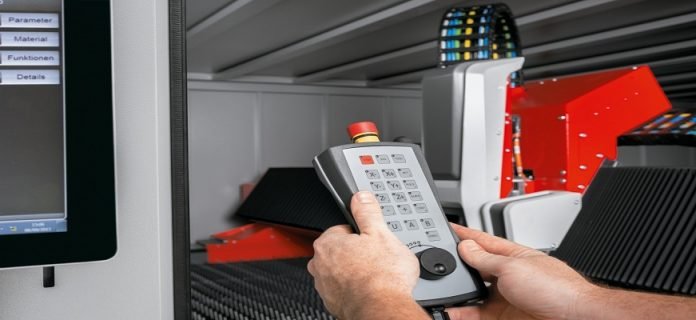Quality control is a must in all processes, so the process of laser cutting is no exception. The ISO 9013: 2002 standard defines the parameters or requirements that are set for laser cutting. What are the parameters and why they are important?
The importance of quality control
Quality control has an irreplaceable role in business. Through sampling and process control, organizations can improve their performance. The same is valid for the laser cutting process. However, the question arises as to how to measure the quality of laser metal cutting?
In the previous texts, we emphasized the importance of optimizing the laser cutting parameters, ie the implementation of preventive maintenance of the laser cutter. When it comes to good and high-quality laser cutters, the possibility of anomalies in the cutting process is reduced to a minimum. However, attention should be paid to other important key performance indicators (KPI) that provide feedback on the laser cutting quality level.
Laser cutting norms
As a big part of the business and processes in today’s organizations is standardized and normed, standards that prescribe quality laser cutting parameters have been developed. ISO standard DIN EN ISO 9013: 2002 defines the requirements for laser and other types of thermal cutting. The standard prescribes the control of the following cutting parameters:
- molten metal
- the incision of the cut
- the puncture of the cut
- cut lines
- roughness

The quality of thermal cutting is defined by the norm / Foto: © Bystronic
Quality control parameters
- Formation of the molten metal – the control of this parameter is usually done by visual inspection of the metal being sliced. The information obtained by checking refers to the focus of the laser beam or the laser cutter optic
- The incision of the cut– a parameter that depends on the material being cut and is determined by the tolerance for each metal differently. The information obtained by inspecting the incision tells us about the size of the laser beam penetration into the metal
- The puncture–The puncture of the metal is created due to corrosive action and it can greatly change the quality of the cut. This parameter is usually visually inspected and qualitatively described
- Cut lines– the cutting lines during laser cutting are determined by the speed at which each position is cut. This parameter is also visually inspected, and the information provided by the inspection speaks about the need to adjust the cut parameters in terms of power and speed
- Roughness – a parameter that influences the need for additional material handling after laser cutting. The roughness is defined depending on the thickness of the material being cut
How to improve the quality of the cut?
The quality of the cut can be improved by the aforementioned permanent maintenance of the laser cutter, or by optimizing the cut parameters. Quality control and these parameters are just a mere lead to better optimization of the cutting parameters. The quality control alone depends on the series of cuts that are being performed. If several dozens of identical positions are executed, these parameters must be controlled to prevent a series of identical errors in the executed positions.
